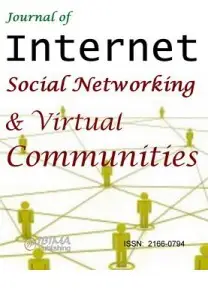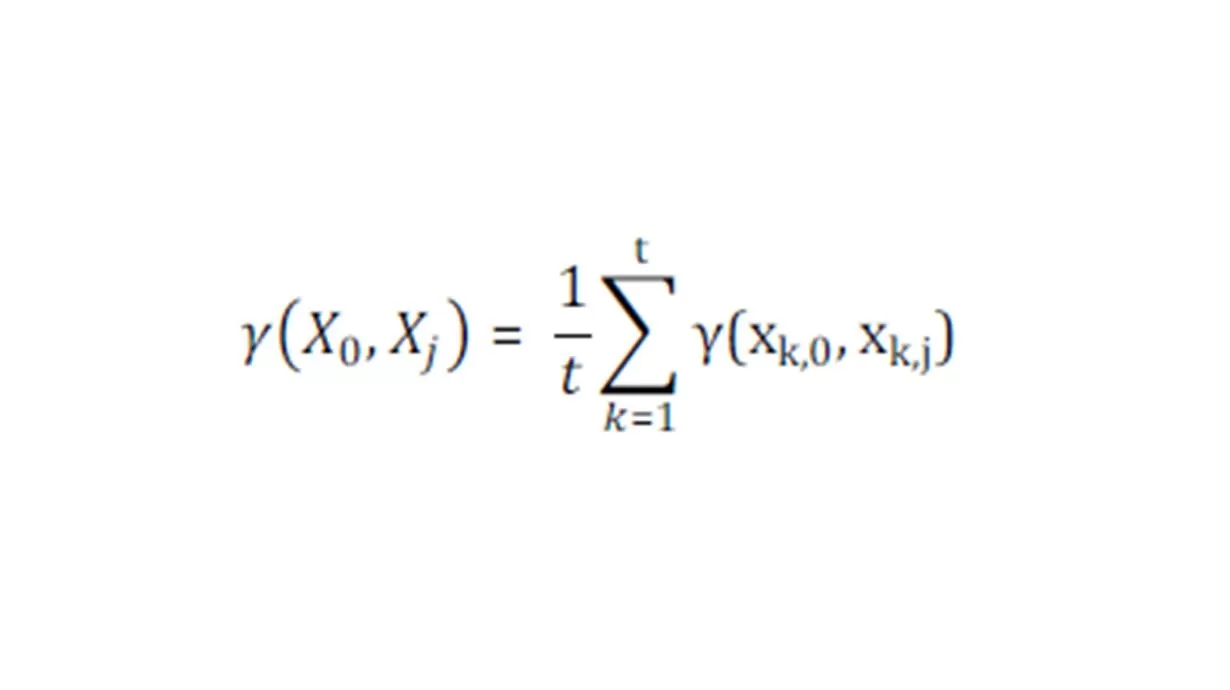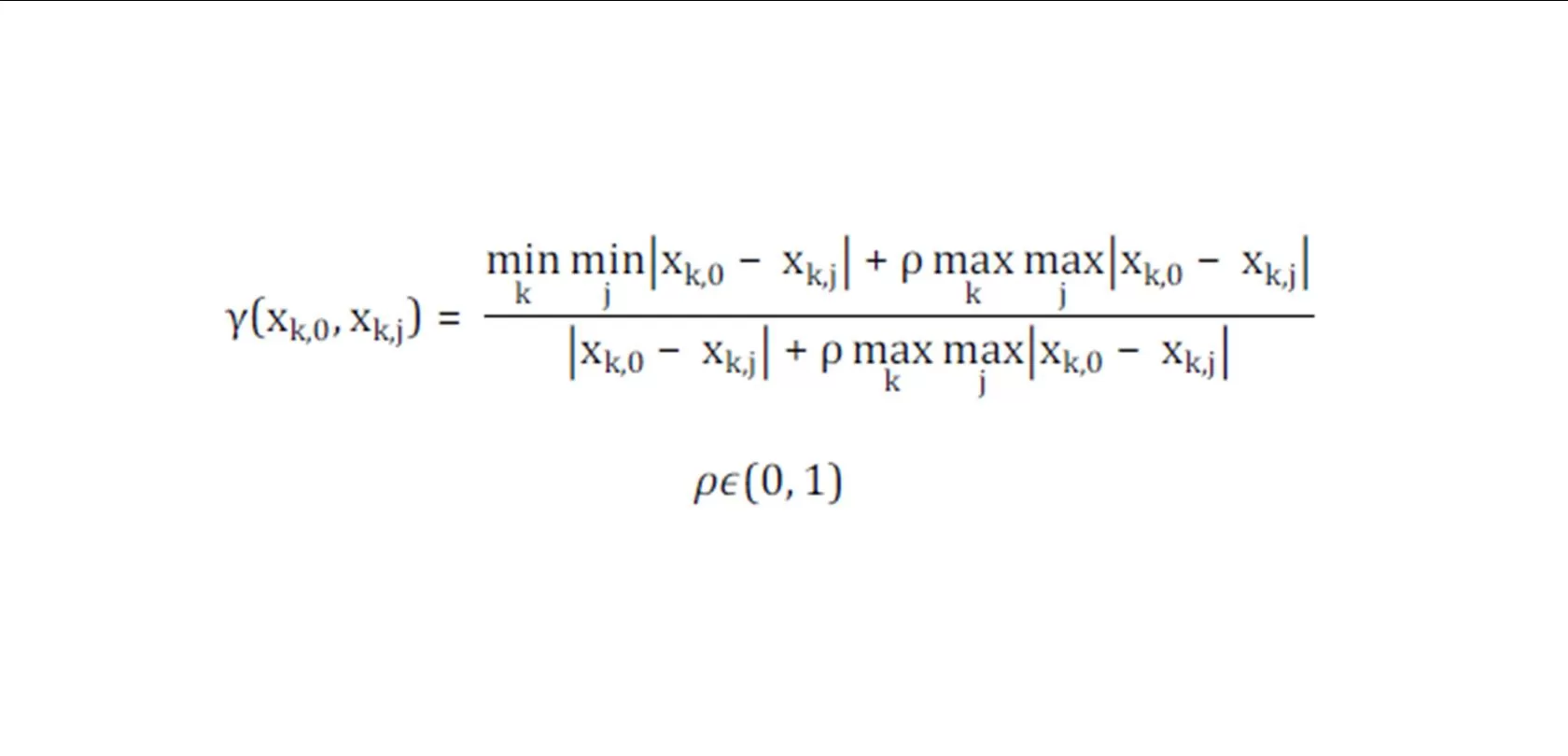Concluding Remarks
With the appearance and development of the new Web 2.0 technologies, the ONS have become part of our every-day life, being a proper environment for spreading the information and knowledge with people from all around the world.
In this context, the present paper aims to shape the relation between users’ activity in the online environment and their opinion of a company measured through its image. For this, a case study has been employed and a grey incidence analysis has been conducted among the four considered variables. The results have been concluding: the company’s image is related to all three constructions: the users’ social influence, the organizational promotion and the perceived image in OSN. Among these, the perceive image has the strongest relation with users’ opinion about a company’s image, which can be useful in the impression management process.
As further work, the company’s image and image will be putted into connection with the users’ actual buying decisions, determining to which extent the investment on increasing a firm’s image can have visible and sustainable effects on its sales.
Acknowledgments
This paper was cofinanced from the European Social Fund through Sectorial Operational Programme Human Resources Development 2007-2013, project number POSDRU/159/1.5/S/134197 „Performance and excellence in doctoral and postdoctoral research in Romanian economics science domain” Also, this work was co-financed from the European Social Fund, through the Sectorial Operational Programme Human Resources Development 2007-2013, project number POSDRU/159/1.5/S/138907 “Excellence in scientific interdisciplinary research, doctoral and postdoctoral, in the economic, social and medical fields -EXCELIS”, coordinator The Bucharest University of Economic Studies. Moreover, the authors gratefully acknowledge partial support of this research by Webster University Thailand.
References
1. Binz, C., Hair, J.F., Pieper, T.M. and Baldauf, A., (2013). ‘Exploring the effect of distinct family firm reputation on consumers’ preferences’, Journal of Family Business Strategy, no. 4, pp. 3-11. Publisher – Google Scholar
2. Cotfas, L.A., (2014). ‘A finite-dimensional quantum model for the stock market’, Physica A: Statistical Mechanics and its Applications, vol. 392, no. 2, pp. 371-380. Google Scholar
3. Delcea, C., (2014). ‘Not Black. Not even White. Definitively Grey Economic Systems’, The Journal of Grey System, vol. 26, issue 1, pp. 11-25.
4. Delcea, C., Cotfas, L. and Paun, R., (2014). ‘Grey social networks — a Facebook case study’ Proceedings of the 6th International Conference on Computational Collective Intelligence Technologies and Applications, Lecture Notes in Computer Science, Springer.
5. Delcea, C., Cotfas, L. and Paun, R., (2014). ‘Understanding Online Social Networks Users — a Tweeter Approach’ Proceedings of the 6th International Conference on Computational Collective Intelligence Technologies and Applications, Lecture Notes in Computer Science, Springer. Google Scholar
6. Deng, J.L. (2002) ‘Theory basis’, Huanzhong University of Science and Technology Publishing House.
7. Heidemann, J., Klier, M. and Probst, F., (2012). ‘Online social networks: A survey of a gobal phenomenon’, Computer Networks, no. 56, pp. 3866-3878. Publisher – Google Scholar
8. Ho., S.S., Gonzalez, R.D., Abelson, J.L. and Liberzon, I., (2012). ‘Neurocircuits underlying cognition-emotion interaction in a social decision making context’, NeuroImage, no. 63, pp.843-857. Publisher – Google Scholar
9. Lian, Z.W., Dand, Y.G., Wang, Z.W. and Song, R.X., (2009). ‘Grey Distrance Incidence Degree and Its Properties’ Proceedings of 2009 IEEE International Conference on Grey Systems and Intelligent Services, pp. 37-41. Publisher
10. Liu, S.F., Lin, Y., (2010) ‘Grey Systems — Theory and Applications’, Understanding Complex Systems Series, Springer-Verlag Berlin Heidelberg.
11. Liu, R., Cui, J.F. and Wang, Z.X., (2009). ‘Gini degree of grey incidence and its application in central Henan urban agglomeration economic development’ Proceedings of 2009 IEEE International Conference on Grey Systems and Intelligent Services, pp. 27-31.
12. Schniederjans, D., Cao, E. and Schniederjans, M., (2013). ‘Enhancing financial performance with social media: An impression management perspective’, Decision Support Systems, no. 55, pp. 911-918. Publisher – Google Scholar
13. Sohn, D., (2014). ‘Coping with information in social media: The effect of network structure and knowledge on perception in information value’, Computers in Human Behavior, no. 32, pp. 145-151. Publisher – Google Scholar
14. Tang, W.X., (1995). ‘The concept and the computation method of T’s correlation degree’, Application of Statistics and Management, no. 14, pp. 34-37.
15. Wang, Q.Y., (1999). ‘The Grey Relational Analysis of B-Model’, Journal of Huazhong University of Science and Technology, pp. 77-82.
16. Wang, Q.Y. and Zhao, X.H., (1999). ‘The Relational Analysis of C-Model’, Journal of Huazhong University of Science and Technology, pp. 75-77.
17. Wilkins, S. and Huisman, J., (2014). ‘Corporate images’ impact on consumers’ product choices: The case of multinational foreign subsidiaries’, Journal of Business Research, no. 67, pp. 2224-2230. Publisher – Google Scholar
18. Xiao, X.P., (1997). ‘Theoretical study and reviews on the computation method of grey interconnect degree’, Systems Engineering Theory and Practice, pp 76-81.
19. Xu, Y., Zhang, C. and Xue, L., (2013). ‘Measuring product susceptibility in online product review social network’, Decision Support Systems, no. 33, pp. 156-166. Publisher









